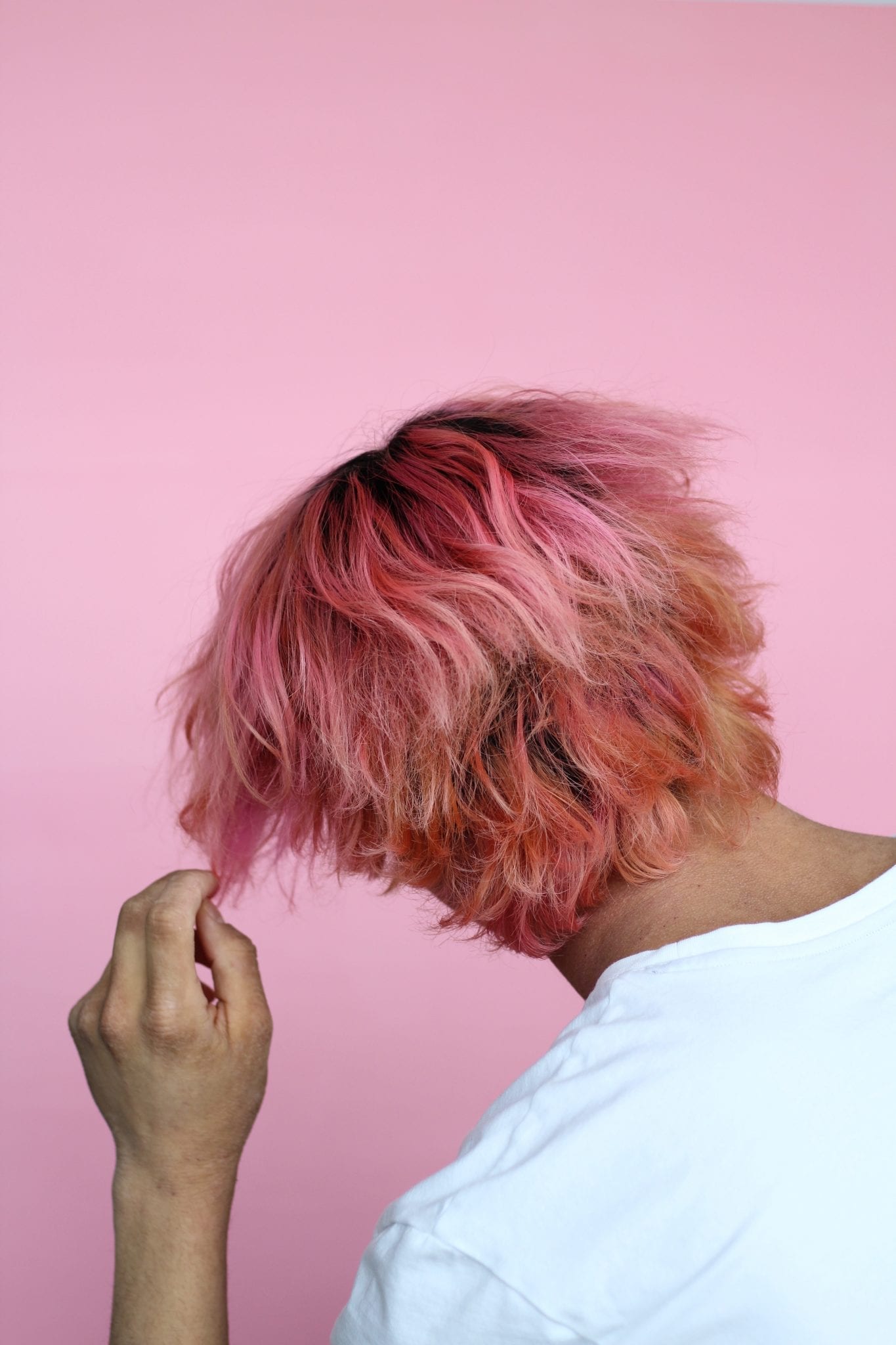FDA Bans Lead as a Hair Dye Ingredient After Petitioning
The U.S. Food and Drug Administration (FDA) recently banned lead acetate from hair coloring products after being petitioned by consumer watchdog groups such as The Environmental Working Group (EWG) (one of dozens of petitioners) shed light on the dangers of the chemical and urgently asked the government to act. The groups said the ban is long overdue and the agency’s ruling will mean lead is now banned in all U.S. cosmetic products. The ingredient has already been banned in hair dyes in other areas of the world, including Canada and the European Union (E.U.).
“In the nearly 40 years since lead acetate was initially approved as a color additive, our understanding of the hazards of lead exposure has evolved significantly,” FDA Commissioner Scott Gottlieb, MD, said. “We now know that the approved use of lead acetate in adult hair dyes no longer meets our safety standard.”
“There is no safe level of lead exposure,” added Melanie Benesh, a legislative attorney at EWG.

Lead exposure can have serious health repercussions, especially for children. It can result in health issues including mental and physical impairment. In adults, exposure can lead to a slew of health issues and complications as well. Symptoms of lead positioning may include stomach pain and digestive issues, headaches, irritability, memory problems, infertility, anemia, seizures, or even death.
“Lead acetate is sometimes used as a color additive in “progressive” hair dye products, the agency warned. These products are applied over a period of time to achieve a gradual coloring effect. Most manufacturers voluntarily moved to replace the ingredient with other additives before it was mandatory, including ingredients such as bismuth citrate instead. However, a few continued to use it because it was still technically allowed in the U.S. All manufacturers now have one year from the effective date of the final rule to remove lead acetate from their product lines.
“In the last several decades, we’ve seen tremendous progress in reducing exposure to lead from major sources. Given this progress and wide recognition that there is no safe level of exposure, it may seem unbelievable that common hair dyes contain the neurotoxin – putting those who use the product and their children at risk,” says Tom Neltner, chemicals policy director at the Environmental Defense Fund. It, too, petitioned the FDA.
The FDA did not provide a list of products that still contain lead on its site but says consumers should examine all product labels and avoid purchasing any that contain lead as an ingredient. Any hair dye product containing lead acetate must also contain the warning statement: “Caution: Contains lead acetate. For external use only. Keep this product out of children’s reach. Do not use on cut or abraded scalp. If skin irritation develops, discontinue use. Do not use to color mustaches, eyelashes, eyebrows, or hair on parts of the body other than the scalp. Do not get in eyes. Follow instructions carefully and wash hands thoroughly after each use.”
The agency also said that in “1980 lead acetate was permanently listed as a color additive for the safe use in cosmetics for hair coloring.” However, after being petitioned, it determined recent scientific data shows there is “no longer a reasonable certainty that there is no harm from the use of lead acetate as a color additive.”


Join the conversation!